First Drive: This Grand Alvis Vanden Plas Tourer Brings the Joys of ’30s-Era Coachbuilding to the Modern Road
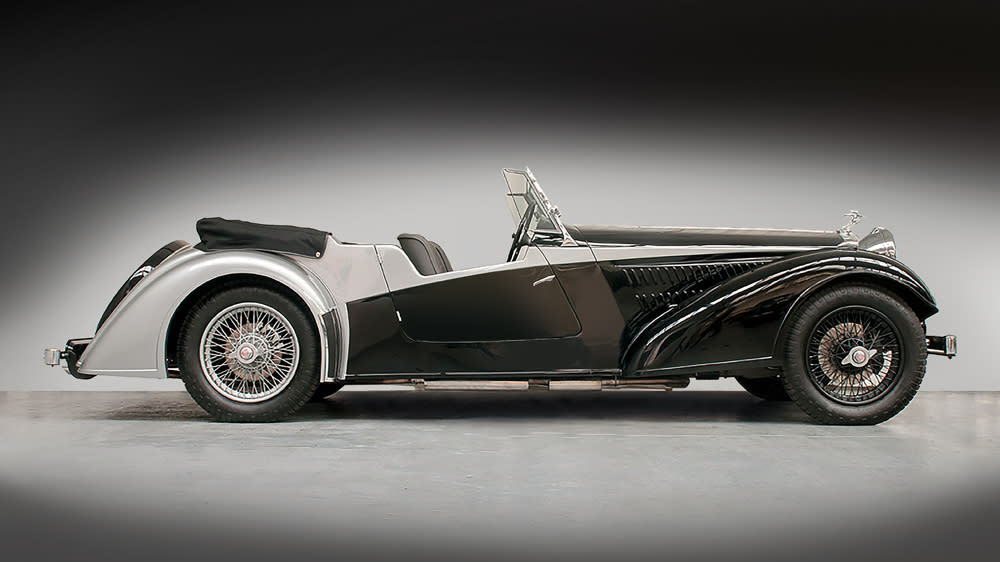
The majority of new cars are boring. They have to be. Emission laws stifle exhaust notes, often resulting in muffled, muted murmurs of what could be. Advancements in technology, while impressive, make driving so effortless that you barely have to think behind the wheel anymore. Even bodywork is heavily censored, with designers having to dream up cars around a set of safety regulations rather than what actually looks good. And then there’s the commercial factor and the timeframes which generally require as many cars to be built as quickly as possible. This is not how Alvis operates. And its cars, which are entirely, brand-spanking new, are far from boring.
Alvis, by its own admission, makes “cars how they used to be made”. This is obvious the moment you look at one. Take the 4.3 Litre Vanden Plas Tourer, which has an impossibly long hood that’s sandwiched by two sweeping side fenders covering the front metal-spoked wheels. The grille is as tall as a child and made of gleaming chrome, while the round front lights look like they’d be better served illuminating a 1930s film set. This is a car that looks like it belongs in Jay Gatsby’s garage or, perhaps more sensibly, in a museum. But it is a recent build, and I’m behind the wheel.
More from Robb Report
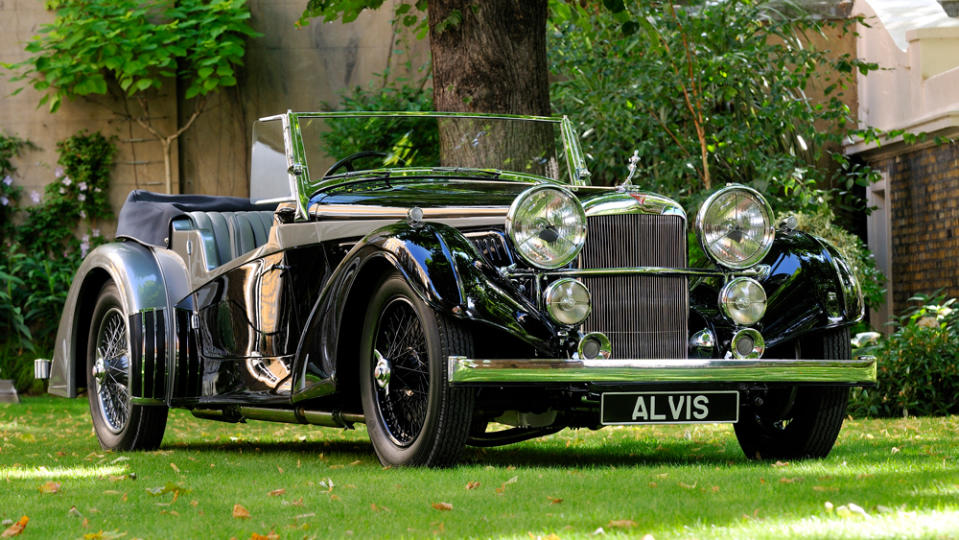
The car is intimidating due to the sheer size of it. And nothing is quite what you’re used to. The steering wheel is bus-driver big, the windscreen short and upright and the mirrors about as useful as those on a Formula 1 car. It’s those tall skinny tires that take the most adjustment though. They roll you laterally through the corner, so you have to pick your line fairly early and stick to it. Yet it’s not a difficult car to drive. After a few minutes, I’m gliding along the British countryside nicely, wind in the hair, the smell of leather, wood and petrol complementing the booming soundtrack of a straight-six engine.
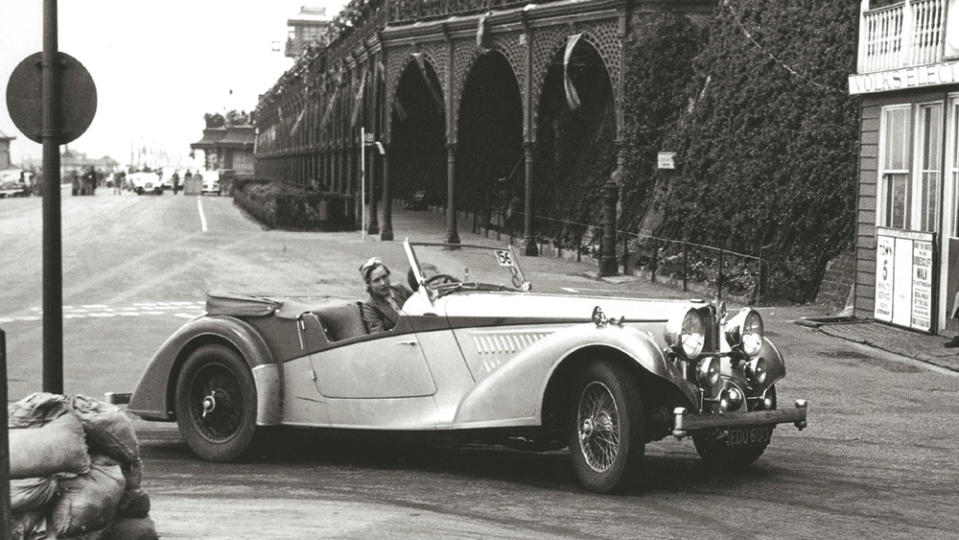
Look a little closer at the 4.3 Litre and you’ll notice it has indicators and, behind those spoked wheels, all-around disk brakes. It’s fully street-legal. It’s part of Alvis’ Continuation Series, a line of models built to the exact specifications of the marque’s period cars, even carrying the chassis number in continuation from the previous car built before it. Alvis, still based in Coventry as it was in the 1920s, even has the original drawings, which its six-cylinder engines and other parts are still based upon. Endless boxes of original spare parts are stored above its workshops, which engineers will dip into when servicing customer cars. The operation is practically running as it was up until production ceased in 1967.
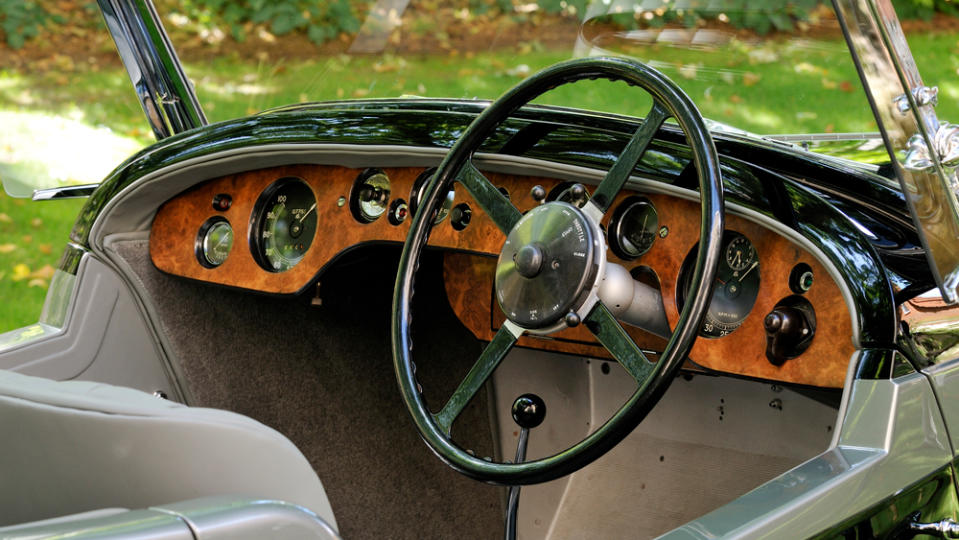
Walk through the Coventry workshop today and it feels as though you’ve stepped back in time. A naked ash-wood frame shows the underpinnings of the 4.3 Litre, while a bare metal shell is having parts attached to it by two engineers, like a body in an operating theater. There isn’t a machine or robot in sight—everything is done by hand, like it always has been. It’s a way of working that owner Alan Stote has proudly maintained. He acquired the business in 2008, making sure that every part, document and piece of the marque’s history was correctly logged and filed away. “There are 22,000 car records, one for every car that Alvis produced,” says Stote. “Each one essentially has its own birth certificate.”
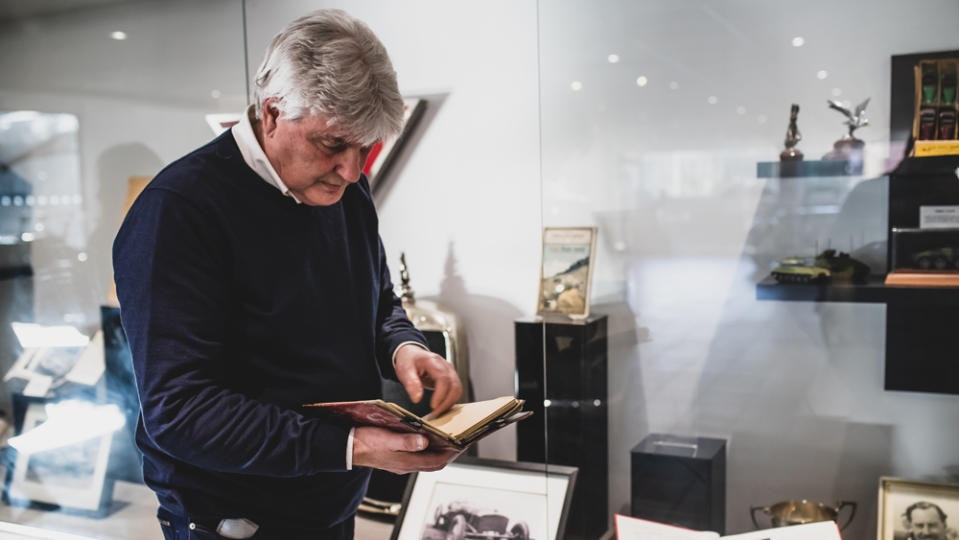
It’s an attention to detail I notice when driving the 4.3 Litre. The car feels solid and in-sync, every part complementing the next. The reassuringly heavy doors close with a satisfying “clunk,” which lets you know the body is coachbuilt. The six-speed manual gearbox snicks through the gears with a mechanical, revolver-like precision; the engine howling and popping under load, while the analog dials—recessed into the walnut-veneer dashboard—make you feel half World War II pilot and half Mr. Toad on your own wild ride.

You’re fully involved in every aspect of the drive dynamic when piloting the Alvis 4.3 Litre Vanden Plas Tourer—it makes you think. The experience is rewarding and its simplicity deeply satisfying. There’s a place for electric, self-driving cars, sure, but here’s hoping there will always be a place for this most analog of automobiles.
Click here to see more photos of the Alvis 4.3 Litre Vanden Plas Tourer continuation car.

Best of Robb Report
Sign up for Robb Report's Newsletter. For the latest news, follow us on Facebook, Twitter, and Instagram.